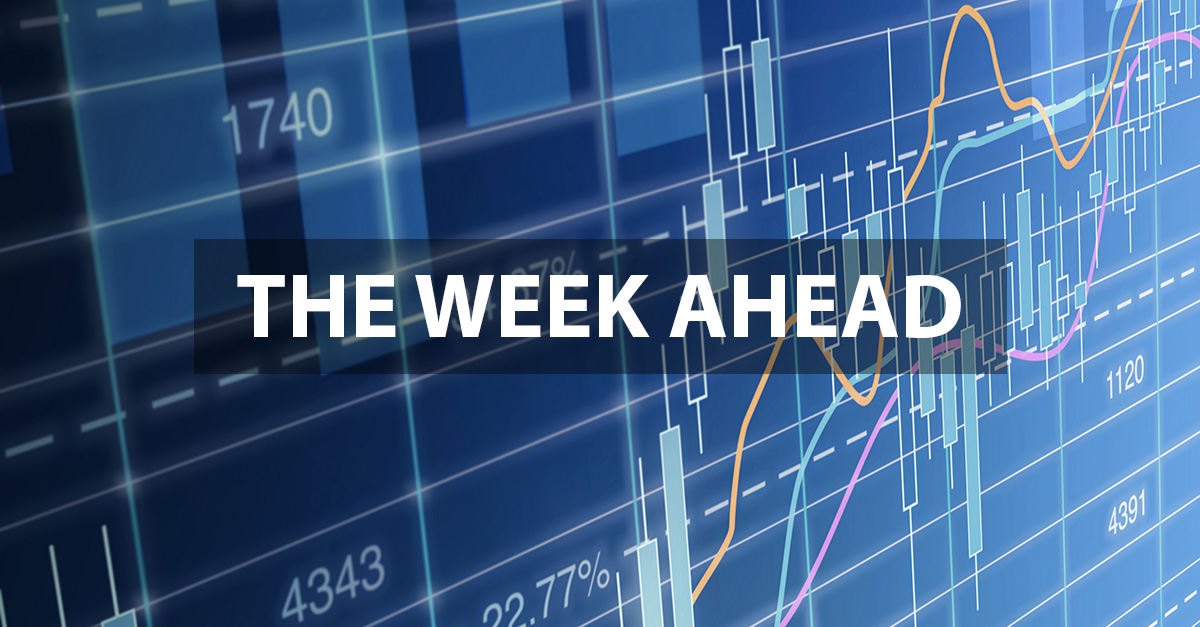Welcome to “The Week Ahead” where we take a moment to provide our thoughts on what we can expect in markets and the economy during the upcoming week.
It’s hard to imagine that in a few short days that we’ll have hit the halfway mark of 2021. Halfway through another year. I’m not sure if it’s just me, but dates seem to move both fast and slow at the same time. 2020 was Groundhog’s Day. Repeat, repeat, and repeat. 2021 has been a mix of that and pre-2020 normalcy. The light at the end of the tunnel is much clearer now as my colleague Brett noted in his blog post, “On the road again.” The unemployment rate is now sitting at 5.8%, down from 6.1%. Since the U.S. Bureau of Labor Statistics began tracking unemployment back in 1948, the historical average is 5.8%, reaching an all-time high of 14.8% back last April. This figure perfectly exemplifies the rubberband effect that’s going on in today’s economy. Pent up demand. Supply chains getting back online. Lack of inventory. All of these equating to rising prices for many goods. The latest Consumer Price Index reading showed a +0.6% increase for goods and rising 5% over the last 12-months. This is the largest 12-month increase since a +5.4% increase for the period ending August 2008. Once again, the increase of CPI was driven by used cars and trucks, which accounted for about one-third of the all items increase. More recent data points suggest that prices for items such used vehicles have peaked. Other items increasing include household furnishings, new vehicles, airlines fares, and apparel. The expanded unemployment insurance benefits are set to expire between mid-June and July for 25 states and in September for the remaining 25 states. These benefits have been an additional booster for many consumers.
The 10-year U.S. Treasury continues to be very volatile, starting the month off yielding 1.62% and touching 1.45% mid-month, a level that we haven’t seen since the beginning of March as investors were seeking protection from a very volatile rotation within equities. In the week ahead, we will get another update on employment along with more economic indicators, such as manufacturing PMIs. A slow grind downward in the unemployment rate will be a positive sign for investors, as a move too sharply up or down would ignite fears that the Fed will taper and raise rates earlier than expected or that the economy isn’t as robust as it seems. With the combination of inventories being rebuilt and the additional unemployment benefits rolling off, it seems investors are beginning to believe that inflation will be transitory and that long-term supply/demand curves will find equilibrium much sooner.
Data deck for June 26–July 2
|
Date |
Indicator |
Period |
|
June 29 |
Case-Shiller Home Price Index |
April |
|
June 29 |
Consumer Confidence |
June |
|
June 30 |
ADP Employment |
June |
|
June 30 |
Chicago Purchasing Managers |
June |
|
June 30 |
Pending Home Sales |
May |
|
July 1 |
Initial Jobless Claims |
---- |
|
July 1 |
IHS-Markit Manufacturing PMI |
June |
|
July 1 |
ISM Manufacturing PMI |
June |
|
July 1 |
Total Vehicle Sales |
June |
|
July 2 |
Employment Report |
June |
|
July 2 |
Trade Balance |
May |



